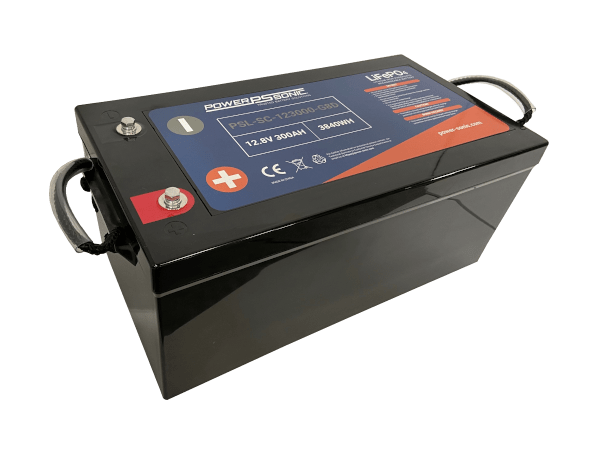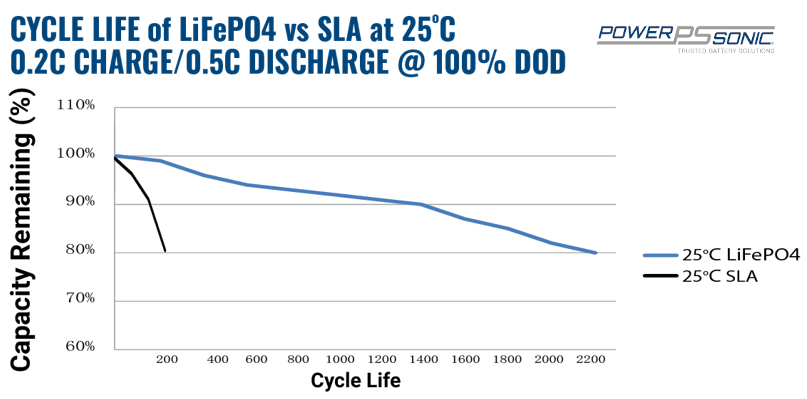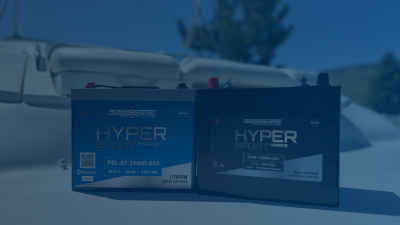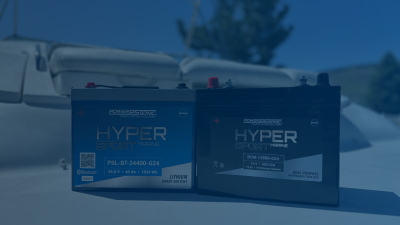Deep Cycle Battery, Everything You Need to Know

Before defining a deep cycle battery, it’s important to understand cycles, depth of discharge (DoD), and deep discharge.
A cycle is a full battery discharge and recharge. DoD measures how much capacity is used—100% DoD equals a full discharge. DoD is the inverse of state of charge (SoC), so 100% DoD = 0% SoC.
A deep discharge occurs when 80–100% of the battery’s capacity is used.
What is a Deep Cycle Battery?
It is designed for repeated deep discharges of 80–100% DoD. High-rate batteries can handle occasional deep cycles if discharge and charge limits are respected, but continuous deep cycling will degrade them quickly.
Types of Deep Cycle Batteries
In SLA batteries, electricity is generated in the plates. High-rate batteries have thin plates for quick bursts, while deep cycle batteries use thicker plates to withstand repeated deep discharges.
Deep cycle SLAs come in two main types: Gel, where the electrolyte is thickened into a non-spillable gel for better heat distribution and off-gassing, and AGM (Absorbent Glass Mat), where a glass mat keeps the electrolyte in place and optimizes plate surface area.
Lithium deep cycle batteries use energy cells designed for sustained current over long periods, ideal for repeated cycling. Battery circuitry and protections also limit current draw, so check technical specs.
Deep cycle batteries vary in chemistry, voltage, and capacity, with 12V and 24V being the most common.

Applications
Before selecting a battery, consider what needs power, for how long, how often, and how much. Deep cycle batteries are for cyclic applications where the user decides when the battery is used.
Examples:
- Medical carts: Used daily for hours, away from outlets, requiring consistent power over long periods.
- Cell phones: Used daily, often discharged fully before recharging, needing reliable all-day power.
Other applications include marine, RVs, mobility scooters, electric vehicles, and solar systems.
High-rate batteries, in contrast, are for backup or emergency use, delivering large amounts of power quickly in rare events, like elevators during a power failure. Deep cycle batteries are the workhorses, providing consistent power frequently, while high-rate batteries act as an emergency power reserve.
How Long Will It Last?
One of the main differences between lead acid and lithium is the cyclic performance. With a lithium battery, the capacity is independent of the discharge rate. This means in deep cycling applications where the discharge rate is often greater than 0.1C (what is a c-rate?), a lower capacity rated lithium battery will often out perform the equivalent lead acid battery.
A lead acid battery can give 200 cycles (based on 100% DOD, to 80% capacity) whereas a deep cycle lithium battery can achieve over 10 times the amount at 2000 + cycles.

How to Charge
To maximize the life and performance of your battery, always charge it correctly. The proper charging method depends on the battery’s chemistry, voltage, and capacity. we provide two guides, one for sealed lead acid batteries and one for lithium, that help extend battery life.
Power-Sonic Lines
Power-Sonic offers two SLA lines: the PDC for standard AGM and the DCG for gel. We also offer two lithium deep cycle lines—the PSL-SC (series-capable lithium) and PSL-BT (Bluetooth-enabled lithium)—plus a line of lithium energy cells for building custom deep cycle lithium battery packs.
For more information, please contact us.



